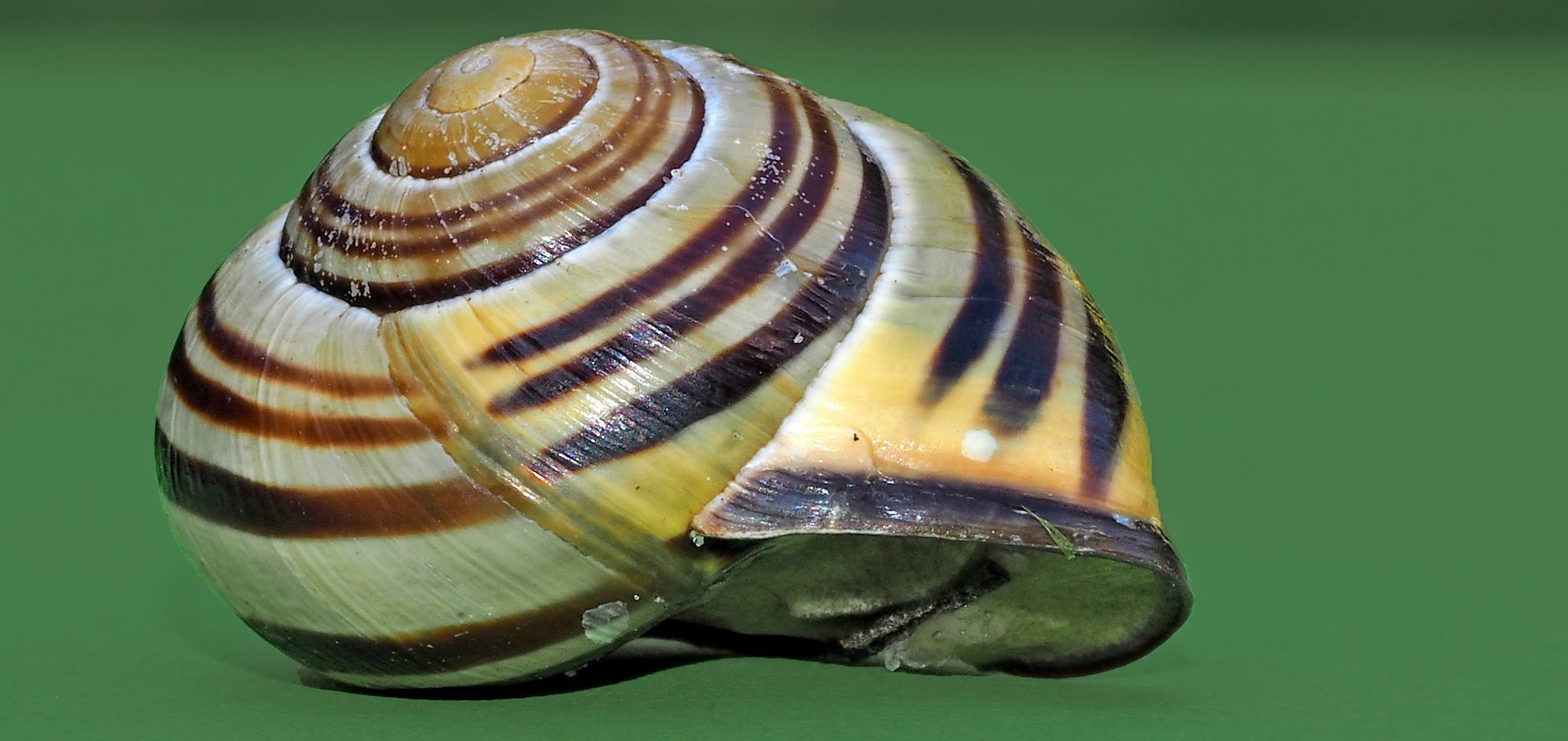Wielu z nas słyszało obrzydliwy chrzęst skorupy ślimaka, gdy przypadkowo zgniataliśmy je podczas spaceru lub sprzątania szopy w ogrodzie. If you have then you may have wondered if it spells the end for your unlucky garden friend.
Sadly the answer is probably yes. Ślimaki mogą tylko naprawić drobne uszkodzenia swoich muszli, pocieszająca opowieść o tym, że ślimaki mogą „przenieść się” do nowej zapasowej muszli jest tylko mitem.
Zbroja ciała
Podobnie jak nasze paznokcie, muszla ślimaka stanowi część jego ciała. Ślimaki rodzą się z ich skorupami na miejscu, ale na początku skorupa jest miękka i nieforemna. Ta miękka wczesna muszla wkrótce twardnieje i rośnie wraz ze ślimakiem przez całe jego dorosłe życie.

Jak ślimak rośnie, produkuje dalszy miękki materiał skorupy, który twardnieje, aby dalej rozwijać swój pancerz obronny. The snail excretes the new shell material around the opening of its shell causing it to grow in a spiral, widening with the snail’s increasing body mass.
If this shell becomes significantly broken then the snail will die. Whilst they can repair small cracks and holes if the break is serious then they will die as the shell not only provides protection but also prevents the snail from drying out.
Human Intervention
In captivity people have been known to use plasters and even normal sticking tape to hold minor broken shells together allowing the snail to fill and seal the cracks.
In one extreme case a vet in Israel carried out extensive repairs to a stricken snail gluing it’s shell together.